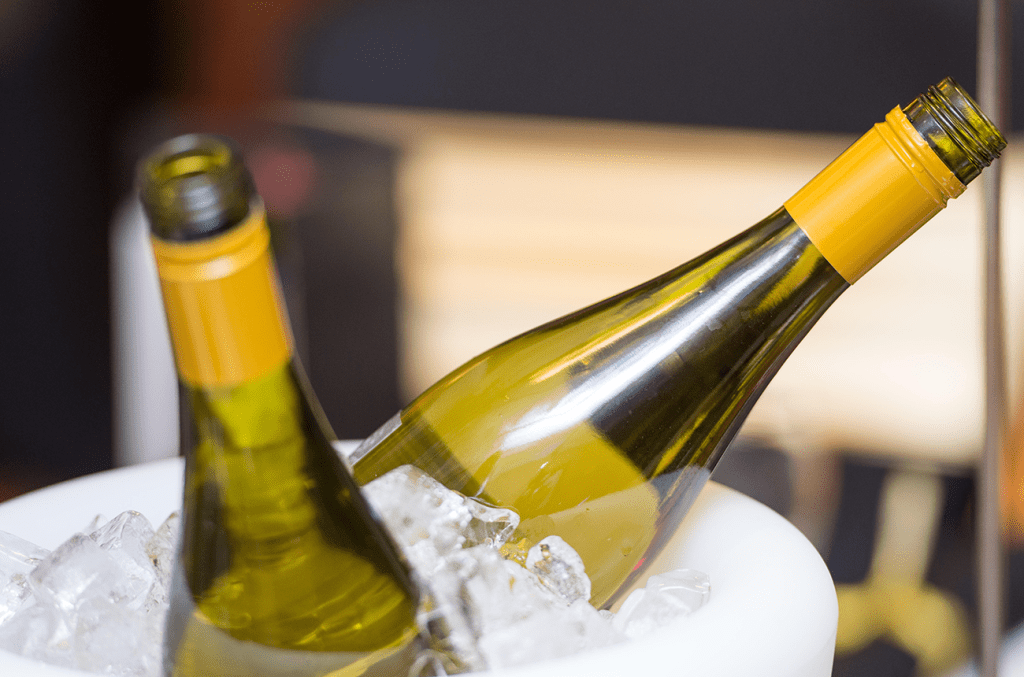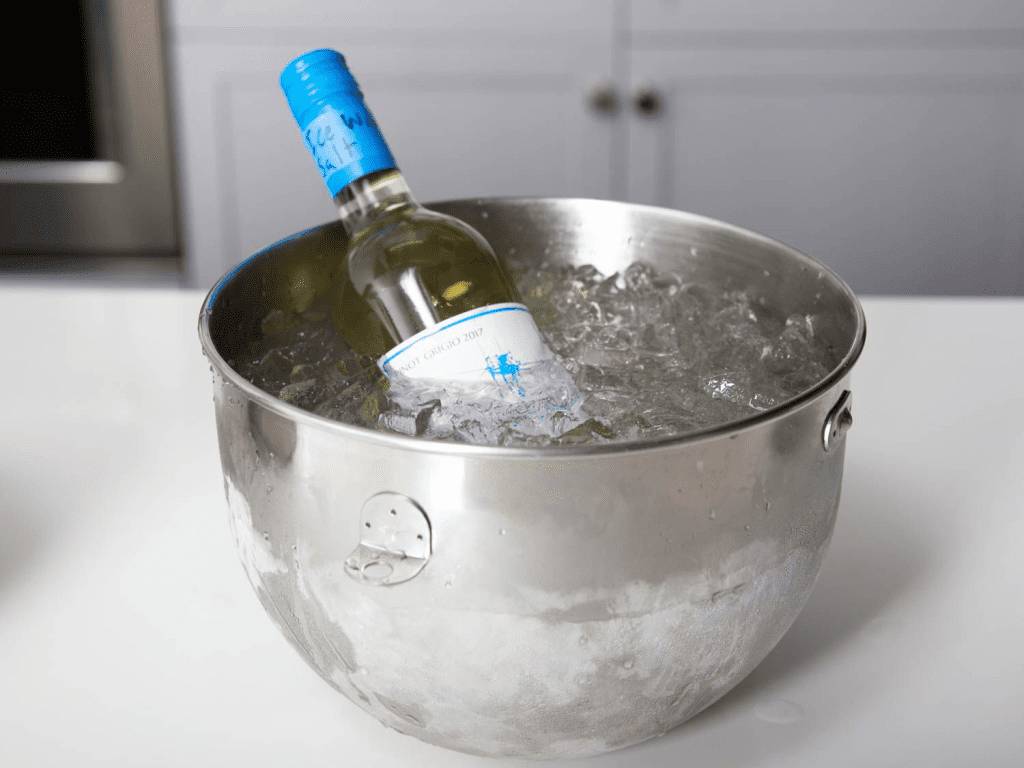The debate about putting ice cubes in wine can spark surprising levels of passion. For some, ice cubes are the ultimate shortcut to a perfectly chilled drink, while for others, they’re a sacrilegious insult to the art of winemaking. My brother and I recently clashed over this very topic: he loves tossing ice cubes into his wine to cool it down quickly, but I feel it undermines the wine’s flavor. So, who’s right? Let’s dive into the pros, cons, and alternatives of this controversial practice.
Why Wine Temperature Matters

One of the most critical factors in enjoying wine is its serving temperature. Wine isn’t just about taste; it’s a full sensory experience. The right temperature can enhance aromas, balance flavors, and make your sipping experience unforgettable.
- Red Wine: Ideally served at 60–68°F (15–20°C), red wine is slightly cooler than room temperature. Too warm, and it tastes flat and boozy. Too cold, and the tannins overpower the subtler notes.
- White Wine and Rosé: These are best at 45–55°F (7–13°C). A proper chill keeps them crisp and refreshing without dulling their flavor.
- Sparkling Wine: Serve it super cold, around 38–45°F (3–7°C), to maintain its bubbles and enhance its celebratory zing.
When wine misses these sweet spots, it’s like playing your favorite song on a detuned guitar—still good, but not quite right.
The Science Behind Chilling Wine
When wine is too warm, the alcohol content becomes more pronounced, masking the delicate flavors. On the flip side, excessively cold wine mutes its aromas and complexity. To chill wine correctly, people often rely on refrigerators, ice buckets, or—controversially—ice cubes.
Adding ice cubes is undeniably effective for rapidly cooling wine, but there’s a catch: as the ice melts, it introduces water into the wine, diluting its flavor. Imagine watering down your favorite soda—it’s still drinkable but far from ideal.
Should You Put Ice Cubes in Wine? The Pros and Cons
Using ice cubes in wine has its supporters and detractors. Let’s weigh the pros and cons to see both sides of the argument.
- Pros:
- Quick Chill: Ice cubes are a lifesaver when your wine’s too warm, especially in summer heat.
- Convenience: No need for fancy gadgets or extra preparation.
- Custom Cooling: You can adjust the chill by adding more or fewer cubes.
- Cons:
- Dilution: The melting ice waters down the wine, altering its intended flavor and aroma.
- Perception: Some view ice cubes in wine as a faux pas, signaling a lack of appreciation for the wine’s craftsmanship.
- Texture Changes: Ice can affect the wine’s mouthfeel, making it seem thinner or less robust.
For purists, the dilution factor is a deal-breaker. But for casual drinkers, convenience often trumps tradition.
Alternative Ways to Chill Wine Without Ice Cubes

If you’re not a fan of dilution but still want a cold glass of wine fast, you’re in luck—there are plenty of alternatives.
- Chill Sleeves: These gel-filled sleeves stay in the freezer until you need them. Slip one over your bottle, and it’ll chill evenly without watering down the wine.
- Ice Buckets: Submerging a wine bottle in an ice-water bath is an efficient way to cool it quickly without direct contact with the liquid.
- Frozen Grapes: Drop a few frozen grapes into your glass—they’ll cool the wine and won’t melt like ice cubes. Plus, they’re pretty and reusable!
- Reusable Ice Cubes: Stainless steel or stone cubes can chill your wine without dilution. They’re a favorite among those who want the best of both worlds.
- Wet Paper Towel Trick: Wrap your wine bottle in a damp paper towel and place it in the freezer for 15 minutes. It works like magic!
These methods preserve the integrity of the wine while giving you that refreshing chill.
Etiquette vs. Personal Preference
In the world of wine, etiquette and tradition often clash with personal taste. For wine enthusiasts, adding ice cubes can seem like a cardinal sin. After all, winemakers craft their products with precision, and dilution undermines their efforts.
But let’s be real—wine isn’t just for snobs or sommeliers. It’s for everyone. If someone enjoys their wine with ice cubes, who are we to judge? At the end of the day, the most important rule is this: drink your wine however you like it.
What Do the Experts Say?

Most wine experts discourage using ice cubes because of the dilution issue, but they’re not entirely opposed to bending the rules. Many sommeliers recommend alternatives like reusable ice cubes or pre-chilling wine instead of relying on melting ice.
That said, some acknowledge that in casual settings, personal enjoyment takes precedence. After all, wine is about pleasure, not pretentiousness.
Conclusion: Is There a Middle Ground?
So, should you put ice cubes in wine? The answer depends on your priorities. If you value convenience and personal preference, go for it—add those ice cubes. If you’re a purist who wants to savor wine as the winemaker intended, explore alternative chilling methods.
For my brother and me, this debate has been a lesson in compromise. While I still prefer my wine undiluted, I can respect his choice to prioritize ease over tradition. After all, wine is meant to bring people together—not drive them apart. So whether you’re team ice cubes or team no ice, the goal remains the same: enjoy the moment, one sip at a time.


